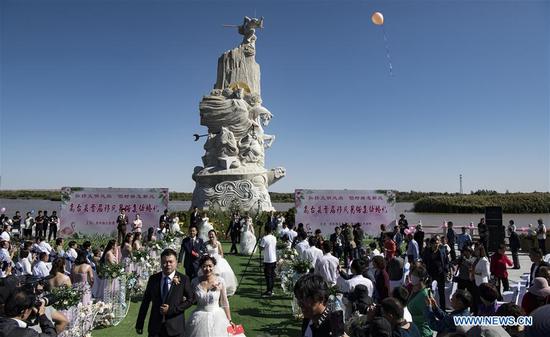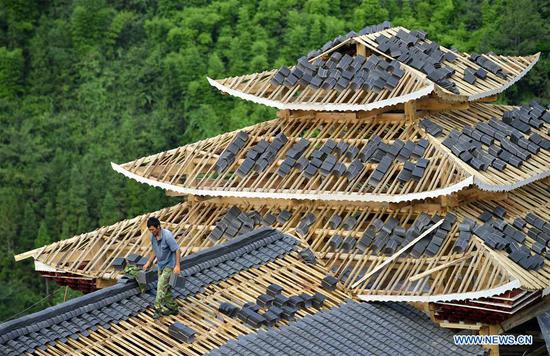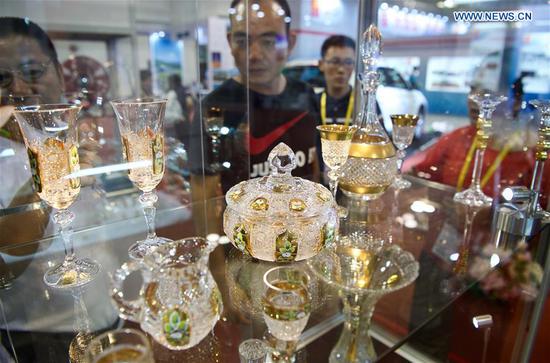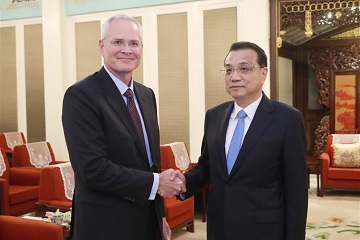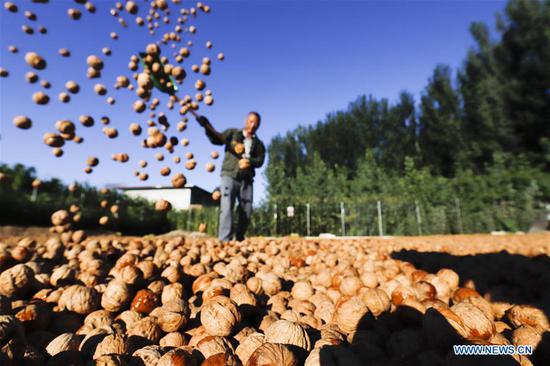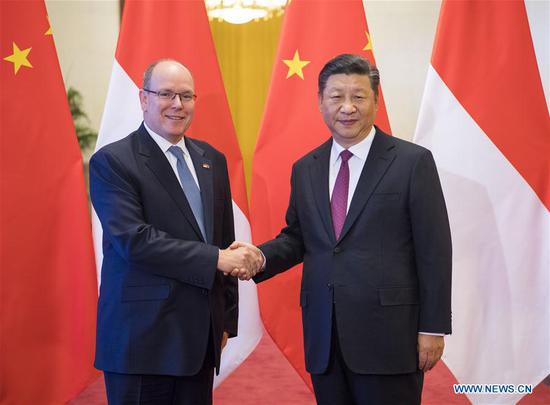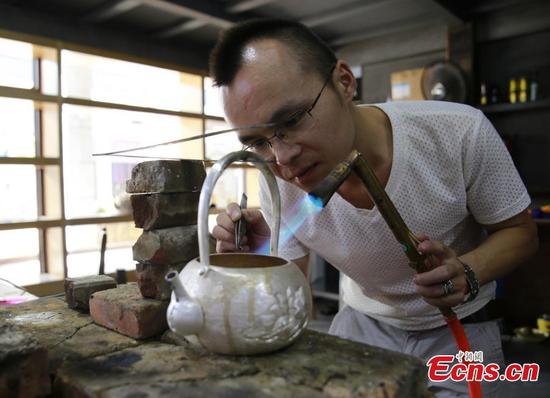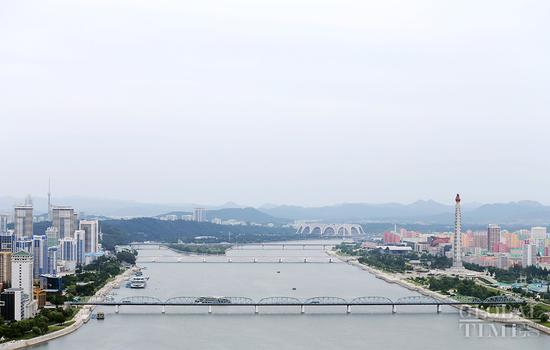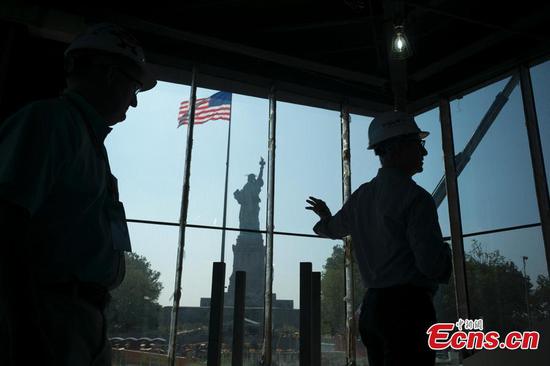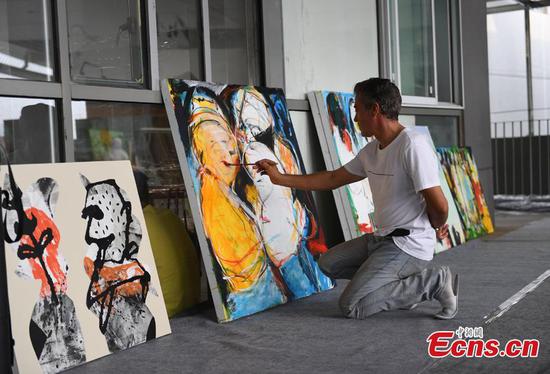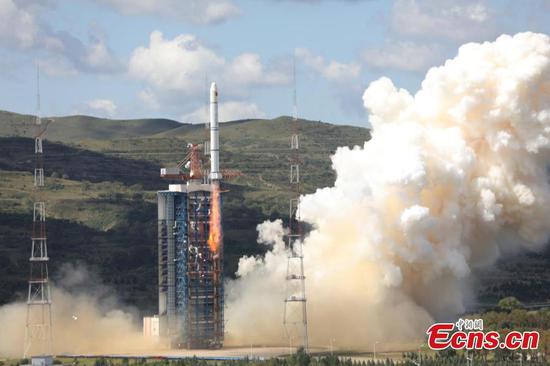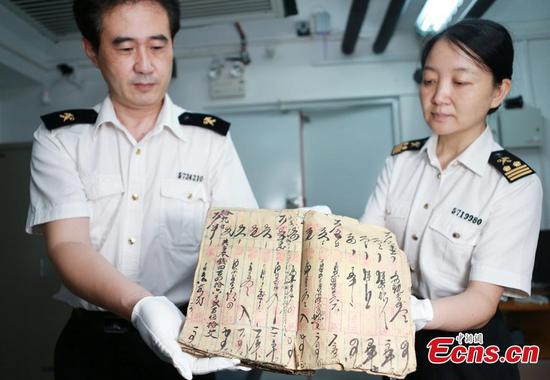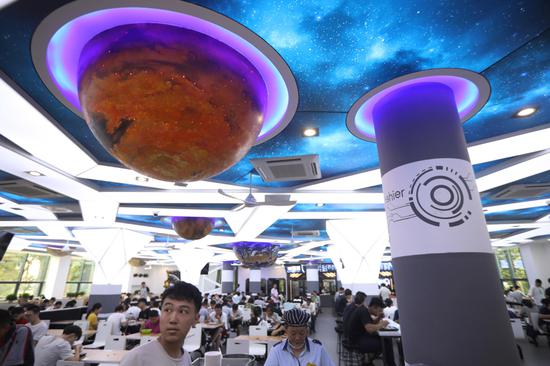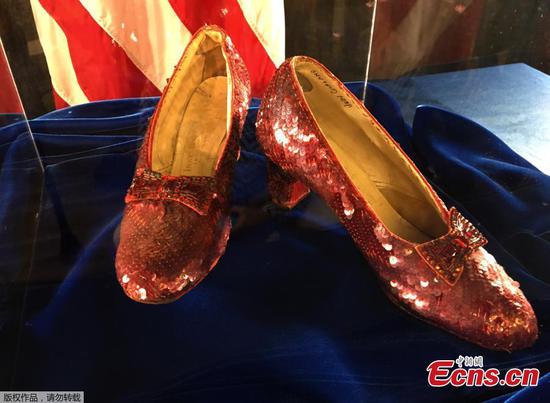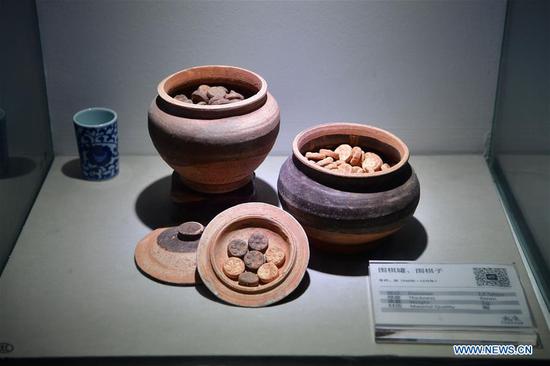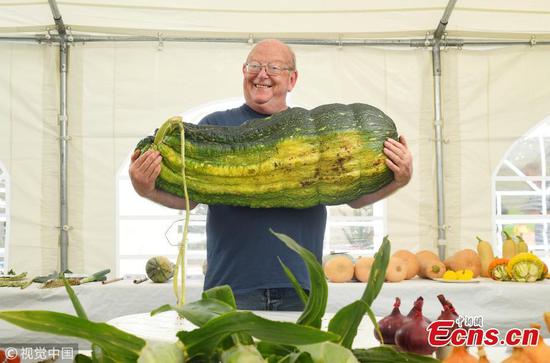U.S. tariffs on imports from China will disrupt the global supply chain in the fashion industry and damage the entire sector, the head of a U.S. fashion industry association said.
"From feathers to textiles to furniture, we see disruption and uncertainty in the industry," Julie Hughes, president of the United States Fashion Industry Association (USFIA), told Xinhua during a recent interview. "In most cases, there are no alternative sources of supply for U.S. companies."
Calling the tariffs "the top uncertainty and risk of volatility" that USFIA members see in the economy, Hughes said, "Honestly, I'm hoping that these tariffs never go into effect, then we don't go to the worst scenario of penalty tariffs on everything."
Founded in 1989, the USFIA represents brands, retailers, importers and wholesalers based in the United States.
China is the largest supplier of textiles and apparel to the U.S. market, accounting for about 40 percent of American imports in the sector, according to USFIA statistics.
"We have long relationships and partnerships with our Chinese suppliers. We know each other well, and we want to keep it that way," Hughes said.
The USFIA chief emphasized that the industry relies on sourcing from China to provide American consumers affordable and varied choices.
A recent survey by the association, the USFIA Fashion Industry Benchmarking Study for 2018, showed the "protectionist trade policy agenda in the United States" was regarded as the top challenge to the nation's fashion industry.
More than 60 percent of the respondents ranked it among their top five business challenges, with more than one third regarding it as either the first or second biggest challenge.
The ability of fashion brands and retailers to respond to the tariffs is complicated since apparel and textile supply chains are complex, involving inputs from multiple countries, according to industrial analysts.
"It takes at least two to five years to identify and approve a new vendor, because we are a long way from the days when apparel could be made any place (where) there were workers and a sewing machine," Hughes said.
After announcing tariffs on steel and aluminum imports and on 50 billion dollars of Chinese products, Washington threatened in July to slap extra tariffs of 10 percent on 200 billion dollars of Chinese goods, later upping the rate to 25 percent. The Chinese imports are widely recognized as being crucial for U.S. businesses, employment and consumers.
Imposing a hefty tax on the basic household items needed by all Americans is likely to have broader impact on the U.S. economy, Hughes said.
The U.S. Trade Representative called a public hearing on the proposed additional tariffs on Chinese imports recently, where the majority of participants opposed the move.
"We continue to believe that the best action is to work with our trading partners, and the Chinese government to negotiate solutions," Hughes said.









